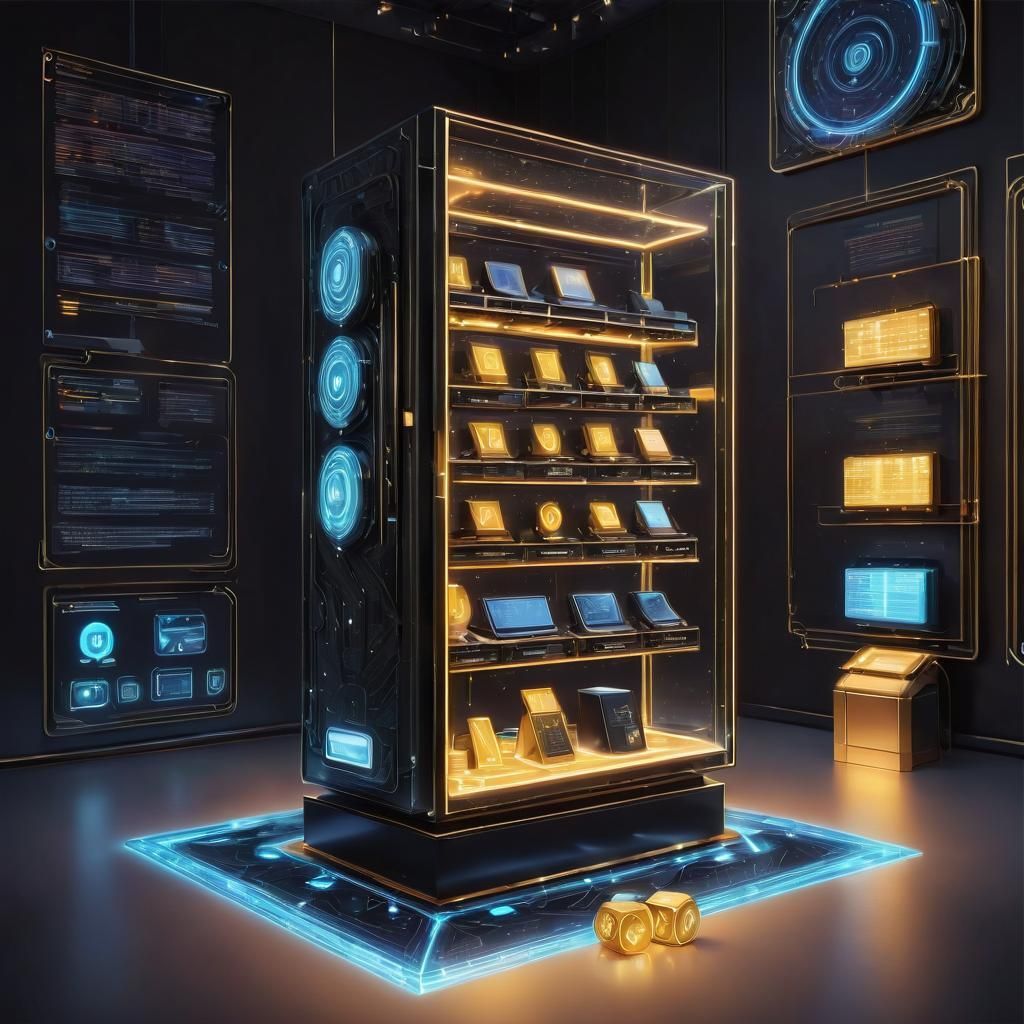What Are “Rare Repos”?
A GitHub repository (repo) is where developers store and manage their code. While most are functional and utilitarian, some repositories become iconic—due to their impact on tech history, association with a famous developer, or limited early access.
Examples include:
The original Bitcoin source code uploaded by Satoshi Nakamoto.
Early commits to Linux or React before their mainstream adoption.
Abandoned, quirky, or viral code projects that represent a specific era in internet culture (like early AI chatbots or meme generators).
Why Collect Code?
💡 Cultural Significance
Just like people collect first-edition books or signed vinyl records, GitHub repos can serve as digital artifacts. Some showcase pivotal moments in computing history, or represent the style and thinking of a certain era in tech.
🧠 Intellectual Property (IP)
Open-source licenses vary, but some older repos may come with valuable codebases that can be repurposed or monetized under certain terms—especially as new platforms evolve.
🔒 Provenance & Digital Ownership
With blockchain integration on the rise, proving original authorship and ownership of digital work—including code—is becoming easier. Repos linked to NFTs or stored immutably on decentralized storage could become verifiable digital collectibles.
How This Could Become an Asset Class
The idea may sound niche, but there's growing precedent for digital collectibles with functional value:

.eth domains and ENS names tied to wallets are traded like rare assets.
NFTs of tweets, digital art, and virtual land have sold for millions.
Platforms like Mirror.xyz and Arweave are exploring how content can be stored, owned, and monetized indefinitely.
It’s not a stretch to imagine GitHub repos with historical or viral value being minted, archived, and traded, especially if they reflect the cultural evolution of coding itself.
How to Start "Repo Collecting"
If you're curious about investing in source code like an art piece, here are a few tips:
🕵️♂️ Look for historically significant repos — such as original versions of widely used software.
👨💻 Follow legendary developers and see which early projects they've archived.
📦 Explore lesser-known projects with unique functionality, clever design, or meme potential.
🔗 Track blockchain-connected GitHub projects that tie code to NFTs or verifiable ownership records.
💬 Engage in forums and GitHub discussions—you’ll often find gems among abandoned or forked projects.
🎯 Real Example
The repo for “thispersondoesnotexist.com” (powered by StyleGAN2) went viral and inspired dozens of AI startups. That original codebase is still public—but what if someone tokenized the earliest commit and proved exclusive ownership?
Final Thought
In a world where digital is the new physical, source code is no longer just a tool—it’s a timestamp, a signature, and potentially, an asset. As developers become creators, and code becomes culture, rare GitHub repositories might just be the vintage collectibles of the future.
Till next time,

